I have a few sets of these cheap led strings that I happend to purchase in a UK supermarket (Aldi). The original set that was purchased lasted a few years but the new ones seems to fail after a year. After the Chistmas season was over I decided to investigate further with the aim of reparing the string. After all how hard could it be.
The sets I have are as in the title photo. They each are 360 leds with a small controller with two buttons, one of which illuminates to show the timer function is active. They didn't cost much but I wanted to see why they failed.
Of the two sets that failed they looked the same but there was a difference in the power supply. The 1st set had a 5V power supply where as the 2nd set had a 31V supply. I did think this was odd and became one of the questions to look into. Other than this both sets looked and perfomed the same.
The failure mode was that there was a bunch of leds not working but all the others were. In one of the sets the leds in an area would flicker but again the others in the set would be operating as normal.
So for me the 1st step was to work out how the leds are driven. below in Figure 1 is the schematic of how the leds are wired in a serise / parallel arrangement.

There are two wires coming from the controller and they drive all the leds. The controller looking at the schematic drives the leds one way then reverses polarity to drive the remaining leds. To understand how this works lets consider a simple led string with 4 leds like in Figure 2

In Figure 2 if we make T1 more positive than T2 all the 'A' leds will be forward biased and with enough voltage they will illuminate. For the reverse of this making T2 more positive than T1 and with enough voltage all the 'B' leds will illuminate. So with this knowledge the controller is swapping the drive voltage between T1 and T2 in order to control which leds illuminate.
After working out the wiring, this led me to think about about failure modes. I came up with a list of 5 failure modes for the whole string as shown in Figure 1.
List of Failure Modes.
1) A break in the cable between segments or on the supply / return wires will result in the whole LED string not working.
2) A break in the cable within a segment, will result one or more LEDs in that segment not working. The remaining LEDs will carry more current whcih could lead to them buring out and cascade failure of that segment.
3) A short accross one led caused by either LED failure or something like corrosion between LED leads will cause all LEDs in that segment to not work. The remaining segments will see a higher current whcih could cause cascade failure.
4) A open circuit LED will just cause that LED to not work. The remaining LEDs in that segment with the same polarity will see a higher current. possible cascade failure if LEDs are driven hard or there are multiple type 4 failures.
5) The LED "works" but is damaged either due to being overdriven or more likely poor LED quality. This LED can have a high turn on voltage or reverse leakage issues. The other segments will light normally but the segment with this LED will have dim LEDs in the remaining part of the segment.
At this point my curiocity got the better of me and I decided to reverse engineer the controller. Here are some photos of the controller and the PCB inside it. I removed the EEPROM (IC2) as I wanted to read what was in it. This was not as exciting as I hoped for, it turns out the microcontroller stores the last used pattern in memory location 0. The rest of the EEPROM is not used. The manufacturer clearly got a deal on the Atmel 2Kbit part as they don't need that capacity.
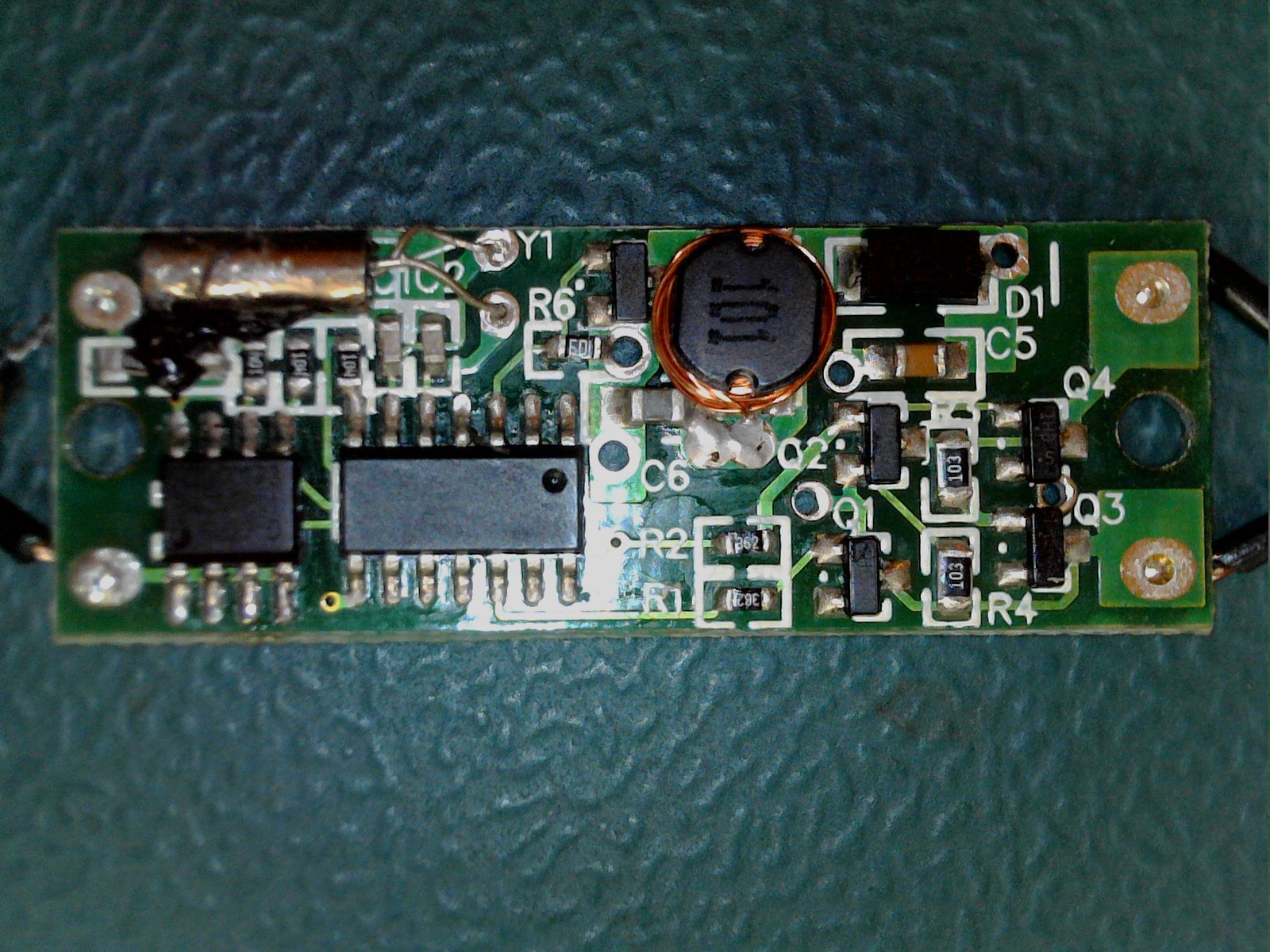
Generic no name 14 pin microcontroller, Atmel 2Kbit I2C EEPROM, and a bunch of passives and some transistors.
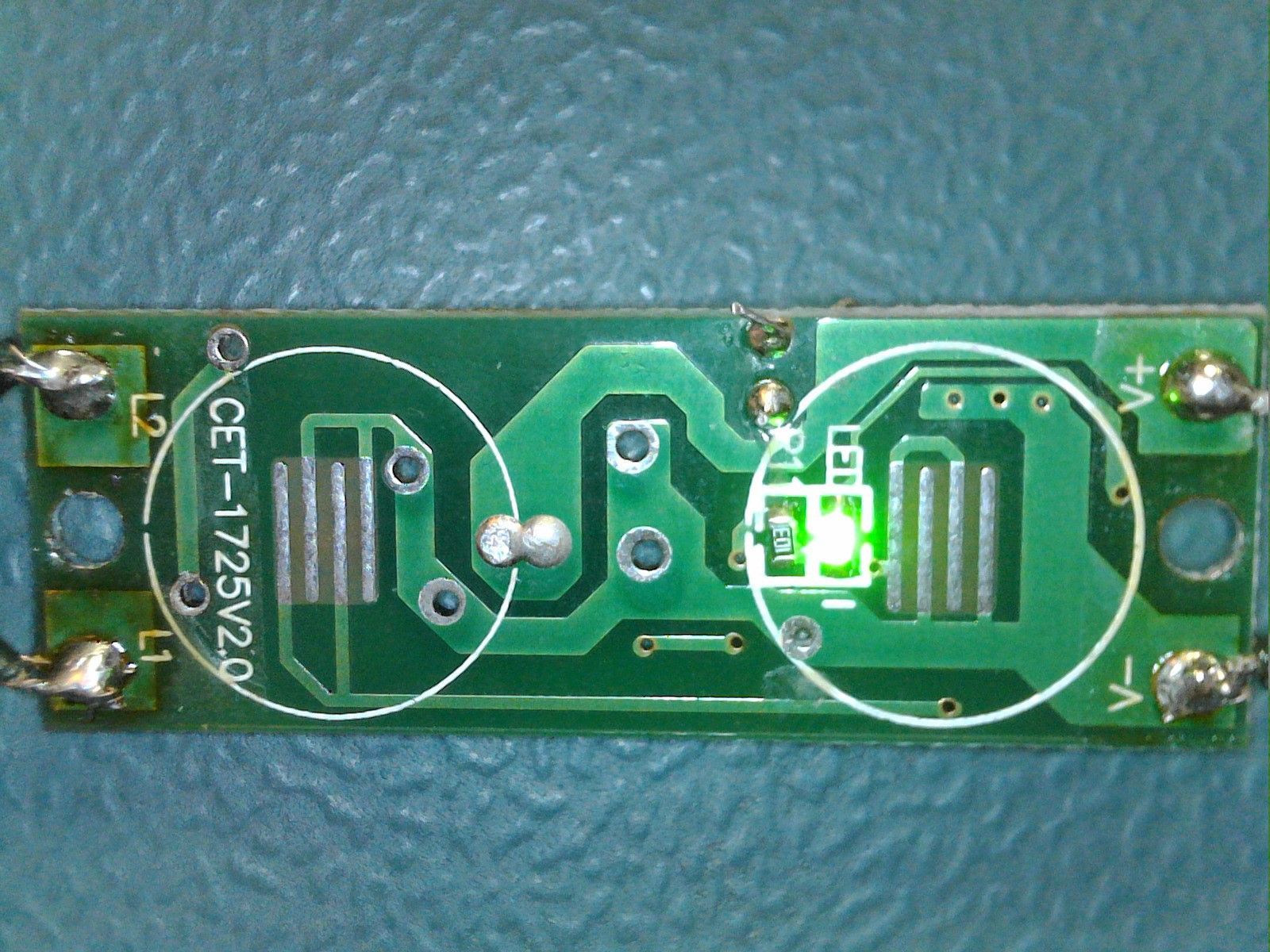
The pushbuttons are the conductive rubber type that make contact to some traces on the PCB. One of the buttons has the green LED to...
Read more »
 Gerben
Gerben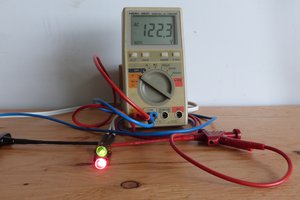
 MagicWolfi
MagicWolfi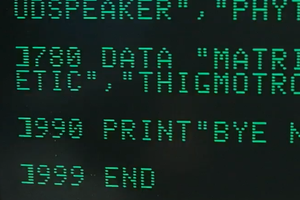
 davedarko
davedarko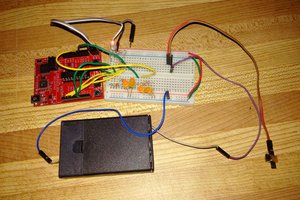
 Petri Varsa
Petri Varsa